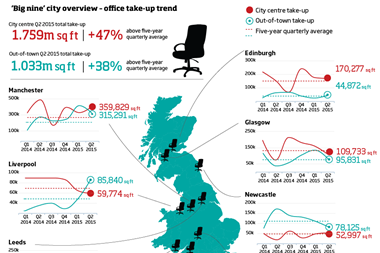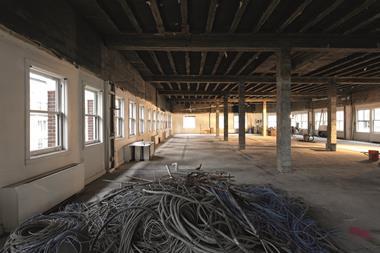As the business environment improves, many occupiers are taking the opportunity of M&A consolidation activity or lease diary events to improve the quality of space and locations in which they occupy (Intelligence, 24.07.15).
This activity needs to be looked at in the context of both the economy, and the fact that many occupiers that had the opportunity to review their portfolio in 2008-12 placed their decisions on hold across their portfolios.
As we approach five years on, more occupiers are looking at the drivers that will influence their estate.
We are also seeing occupiers shifting priorities in terms of space take, with the competition for talent driving where occupiers locate and the type of space they need. We are now seeing clients expanding some business units and creating new business lines or initiatives as they continue to diversify.
This is manifesting itself in the relocation of back-office functions to lower-cost locations, while they continue to invest in higher-cost locations for their front-office environment.
Your comment in relation to take-up needs, however, to be taken in the context of a period of relatively low demand, but also a very low period of supply. Speculative development has been extremely low for a number of years due to the lack of debt funding.
This has created an acute level of low supply, which is driving rental growth as the available space is absorbed.
From an occupier perspective, this influences decision-making in so far as occupiers are either in heated competition for space, accepting higher-cost real estate where they are geographically sensitive, or (certainly in larger urban areas) considering newer developing locations within the city.
James Maddock, international director, head of global occupier services, EMEA, DTZ






























No comments yet